Agaricus mushrooms is a genus - or family - of familiar mushrooms including button, crimini, and portobello mushrooms, to name a few. While some of these mushrooms are considered the most well known and heavily cultivated mushrooms in the world, there are many other agaricus mushroom types that have great medicinal benefits.
For example, agaricus subrufescens is a species that is most common in mainstream medicinal commercial products today. We’ll just call it an almond mushroom for ease of reference throughout this blog post.
Let’s look at what agaricus mushrooms are, what makes them unique, what the health benefits are, dosage recommendations, and more.
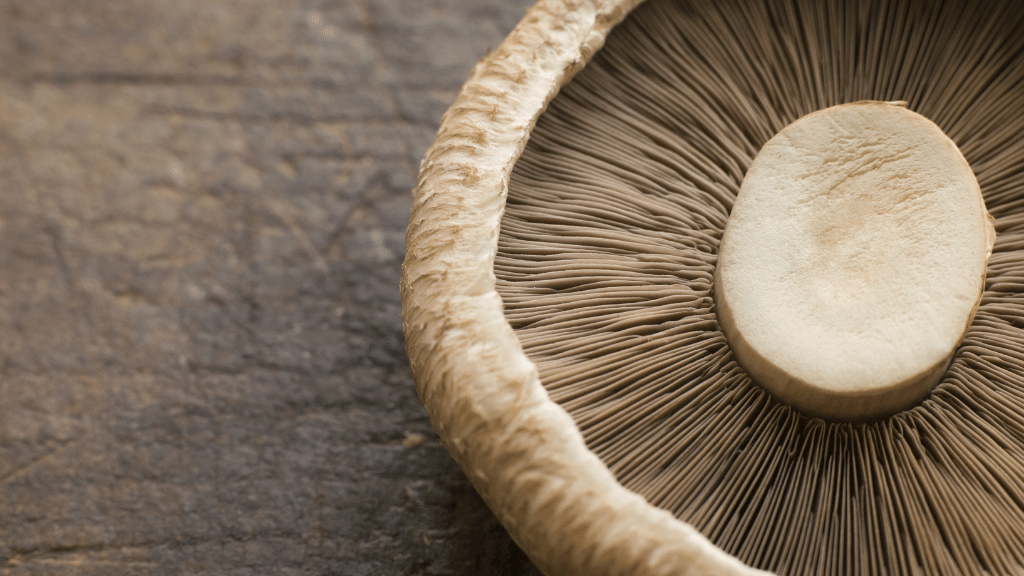
What are Agaricus mushrooms?
Agaricus mushrooms are a family of mushrooms that include a mix of mushroom types including the popular button, crimini, and portobello mushrooms, but also many lesser known species. In this mushroom genus, some are edible and some are poisonous, but the consumable species are shown to have great health benefits and have been used to treat ailments for over a hundred years in Eastern and South American cultures.
Members of the agaricus mushroom family are identified as having a fleshy cap, radiating gills, and a long stem that has a partial veil protecting lower, developing gills. They range from white to brown in color, depending on the species of agaricus mushroom.
Let’s take a look at the most commonly known types, button, crimini, and portobello.
But before we do, we just wanted to blow your mind for a second - while many people think that these mushrooms are all slightly different species, the truth is that they’re all THE SAME mushroom, just picked at different life stages.
We know, we know.
What are the stages of the agaricus mushroom?
1. Button mushrooms
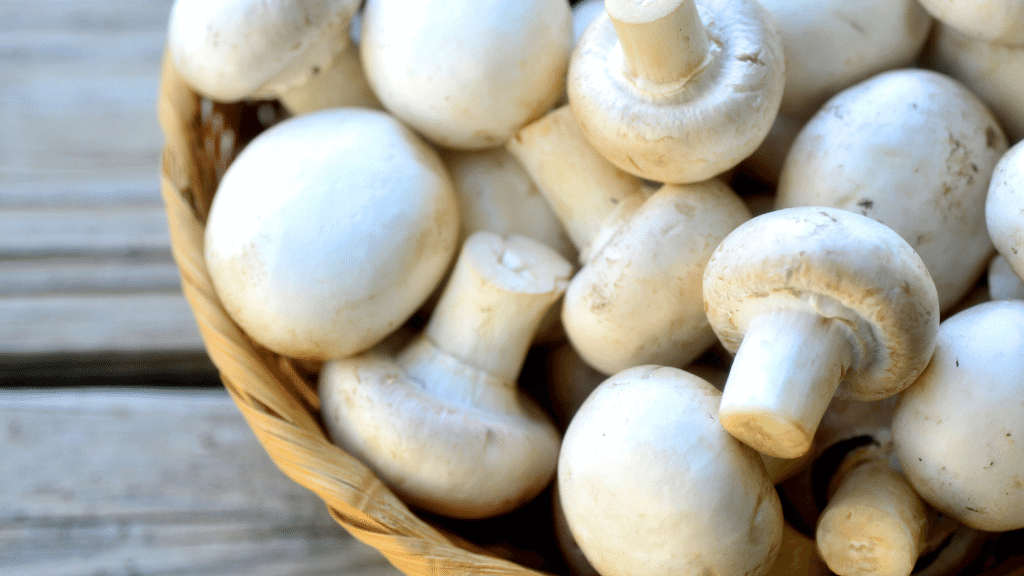
These mushrooms are white and considered the first stage in growing portobello mushrooms.
2. Crimini mushrooms
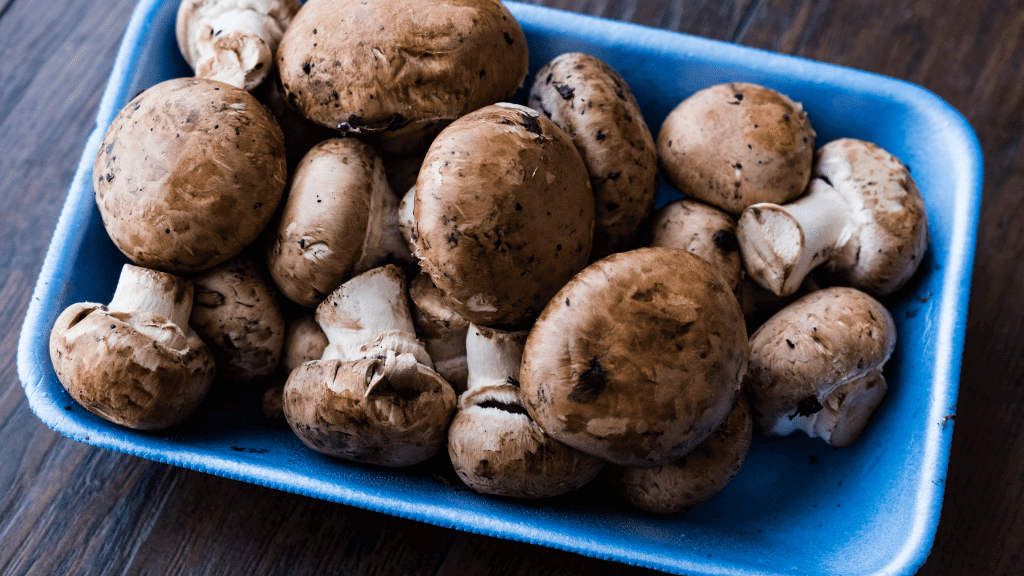
Also known as the portobello mushroom “teenagers”, are brown mushrooms that are in the mid-stages of growth before total maturation. You may often see these referred to as “baby bellos.” How cute!
3. Portobello mushrooms
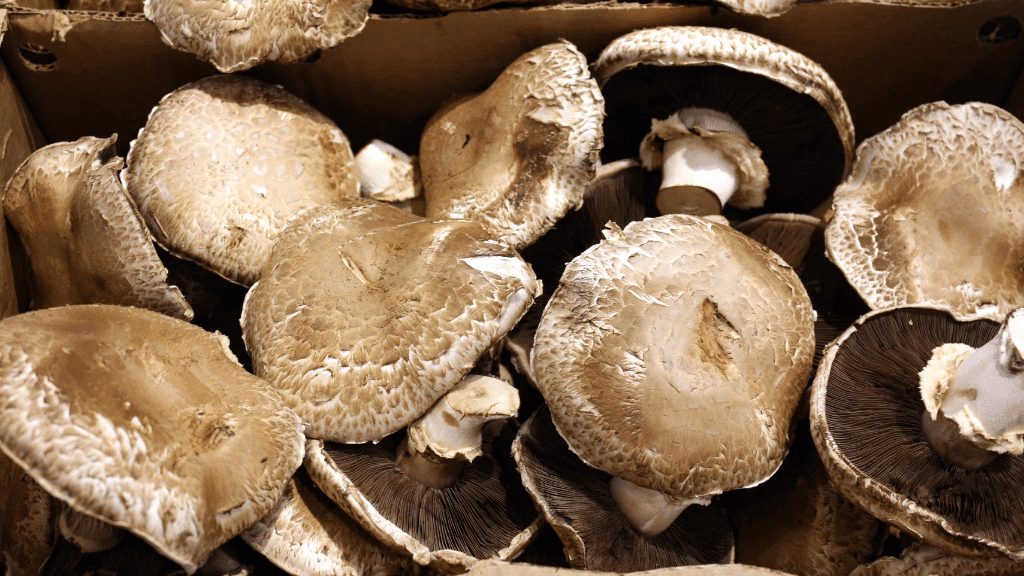
The big kahuna of the agaricus mushrooms and arguably the most well known, portobello mushroom is the adult (or most mature) mushroom stage.
What’s cool about these mushrooms is that they account for 90% of the mushroom production in the US, they have a delicious flavor (especially portobellos), and one portobello mushroom can contain more potassium than a banana.
In addition to these commonly known mushrooms, there are a few other family members are that worth mentioning and will be a key focus of this blog post:
- Almond mushrooms: These mushrooms are a popular supplemental choice for those looking to treat specific bodily ailments
- Agaricus blazei: Additionally, another relatively well known agaricus family member includes the agaricus blazei, which grows in Brazil, Japan, and China and is known for its health benefits
Since we could go on for a while about agaricus family members, we will be focusing on a select few mushrooms in this blog post. For now, let’s look at the traditional uses of almond mushrooms to learn more.
Traditional uses of agaricus subrufescens (almond mushroom)
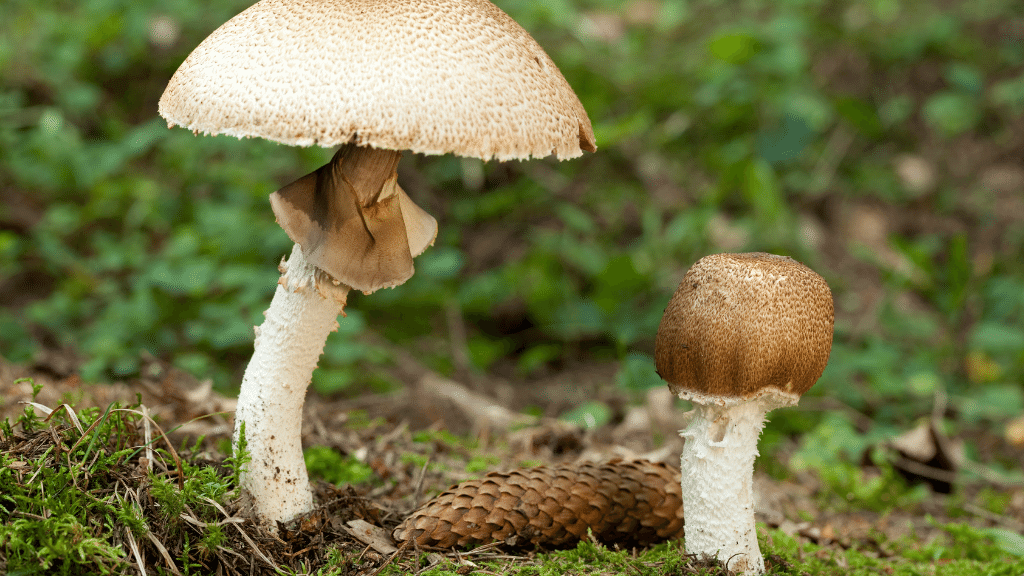
The almond mushroom was discovered in 1893 and has been valued as a top medicinal mushroom by Brazil, China, France, and the US for a long time now. It is cultivated all over the world, but we’ve seen the most variation of the species thrive in Brazil. It was named for its almond-ey taste, easily identified in healthy dishes. You can find it growing in various places around the globe in parks or gardens where rotting leaves are present.
For over a hundred years, this mushroom has been used in Brazil and Japan as a health supplement to prevent and ease symptoms of diabetes and cancer. It’s also used as a general health supplement for overall well being.
Where are agaricus mushrooms grown?
Since agaricus mushrooms are one of the most highly cultivated mushrooms in the world, you can commonly find them grown on commercial farms and in cultivated gardens. But you can also find them growing wild in various places around the globe in deciduous and coniferous forests of the southeastern US, Brazil, Japan, and more.
What are the top agaricus mushroom benefits?
While more studies are needed on this species of mushroom, some promising results have come from the various studies that have been completed.
Important note: Most of the studies noted in this article have utilized agaricus mushroom capsules that were created using the fruiting body or mycelium of the mushroom, coupled with hot water extraction processes.
Some of the biggest potential benefits of agaricus mushrooms are attributed to their high beta-glucan content - making them a solid choice for caring for cancer, type 2 diabetes, high cholesterol, hepatitis, artery assistance, liver disease, bloodstream disorders, digestive problems, heart disease prevention, osteoporosis, stomach ulcers, and an overall immune system boost.
Let’s look at some of the studies* on this mushroom genus that validate it’s spot as a top medicinal mushroom in both eastern and western cultures today:
1. Chemotherapy symptom reduction study
Forty patients undergoing chemotherapy for multiple myeloma were enrolled in a study that measured effectiveness of agaricus blazei supplementation. 19 patients were given the mushroom supplement, while 21 were enrolled as placebo patients. Results showed that in the leukapheresis product harvested after stem cell mobilization, increased percentages of treg cells and plasmacytoid dendritic cells were found, and also, a significant increase of serum levels of IL-1ra, IL-5, and IL-7 in the 19 patients. This suggests that agaricus blazei is a strong addition to treatment alongside traditional chemotherapy for symptom reduction.
2. Type 2 diabetes improvement of insulin resistance study
This Chinese study looked at a population of 536 diabetes patients. Patients were randomly assigned supplementation of agaricus blazei murill (ABM) extract or placebo at 1500 mg daily for 12 weeks. At the end of the 12 weeks, results showed that ABM extract improves insulin resistance among subjects with type 2 diabetes.
3. Immune response for colorectal cancer patients study
56 patients with colorectal cancer were divided into two groups and given agaricus sylvaticus at 30mg per day or a placebo supplement. Results found that daily dietary supplementation with agaricus sylvaticus may provide metabolic benefits to colorectal cancer patients post-surgery.
4. Reduction of ulcerative colitis symptoms study
50 patients with symptomatic ulcerative colitis were divided into two groups and given a placebo or agaricus blazei murill (ABM) over a 21-day period. Symptoms were reduced for patients taking ABM, highlighting it as a potential treatment for mild to moderate ulcerative colitis symptoms.
5. Tumor growth inhibition study
In a study conducted on mice, scientists found that the polysaccharides (beta-glucans) found in agaricus blazei may help boost beneficial cell growth and inhibit tumor growth cells.
6. Antiviral activities study
Scientists used agaricus blazei tea supplementation to measure antiviral action against herpes simplex type 1 (HSV-1) and bovine herpes type 1 (BoHV-1). Results showed that the tea (extract) demonstrated antiviral tendencies against both viruses, but was more effective against HSV-1, inhibiting its infectivity and reducing the number of fluorescent cells.
7. Anti-allergy effects study
Last but not least, agaricus mushrooms were shown to protect against allergy development in a mice study that measured allergen response over a 26 day period.
*It’s important to note that not all of these studies have been completed on humans and more research is needed on this mushroom species for ailment treatment. Please consult your doctor before adding agaricus mushroom supplements to your treatment or immune care plan.
What are the beneficial compounds in agaricus mushrooms?
What makes agaricus mushrooms - and really any mushroom supplement - beneficial is its bioactive compounds that are released with appropriate extraction processes. In agaricus mushrooms, you’ll find many bioactive compounds including:
- Beta-glucans: Beta-glucans are a fiber found in the cell walls of various living organisms like mushrooms. Mushrooms high in beta-glucans are shown to improve cancer diagnoses when taken alongside traditional chemotherapy. What’s most interesting about beta-glucans is that they cannot be made by the human body - this is why medicinal mushrooms that are properly extracted serve as a great way to absorb beta-glucans into the body and reap the potential health benefits.
- Glucomannan: Glucomannan is a dietary fiber found in the mycelium of mushrooms. It’s historically known to help with digestion of food in the stomach and intestines, and helping control sugar levels in people with diabetes.
- Ergosterol: Ergosterol is a sterol that resides on the cell membranes of fungi and acts to maintain cell membrane integrity. The presence of ergosterol may help with protection of good cells in the body, triggering a strong immune response when consumed by humans.
- RNA–protein complex: RNA binding proteins are proteins that bind to double or single strand RNA. They help with cellular processes such as cellular function, transport, and localization.
- Blazein: Blazein is a steroid that’s been isolated from agaricus mushrooms. This compound may be key in helping reduce tumor growth over time.
These are the key compounds found in agaricus mushrooms, but the list is inexhaustive. For more information check out table 1 in this study.
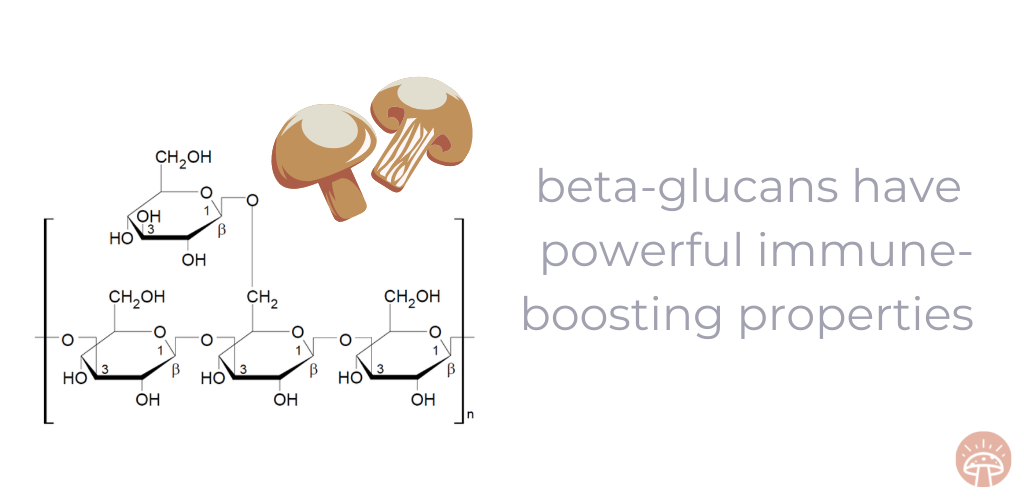
How much agaricus should I take?
When considering adding agaricus supplements to your daily regimen, it’s important to first consult your doctor. If it’s recommended to move forward, sources note that 1,500mg daily (about half a teaspoon) is a good dosage to start with.
It’s also important to enlist the help of a trusted mycologist if you plan to source your mushrooms from the wild. Remember that some agaricus mushrooms are poisonous.
Evaluate your tolerance before diving headfirst into high supplementation usage. You can do this by trying smaller doses or cooking a small meal with mushrooms to evaluate your tolerance. If you react well, it’s recommended to slowly increase dosage over time.
Possible side effects of taking agaricus mushroom supplements
While it’s largely been noted that agaricus mushroom supplementation is safe over a 12 month period, there have been a few reported side effects to note including:
- Upset stomach
- Blood sugar drops
- Nausea
- Diarrhea
It’s also been shown that people with autoimmune disorders (e.g., lupus, rheumatoid arthritis, etc.) have had flare ups when taking agaricus supplements.
It is not recommended to take agaricus mushroom supplements when breastfeeding, pregnant, undergoing surgery, or being treated for liver disease. Please consult your doctor if any of the above symptoms arise when starting to take agaricus supplements. Which leads us to…
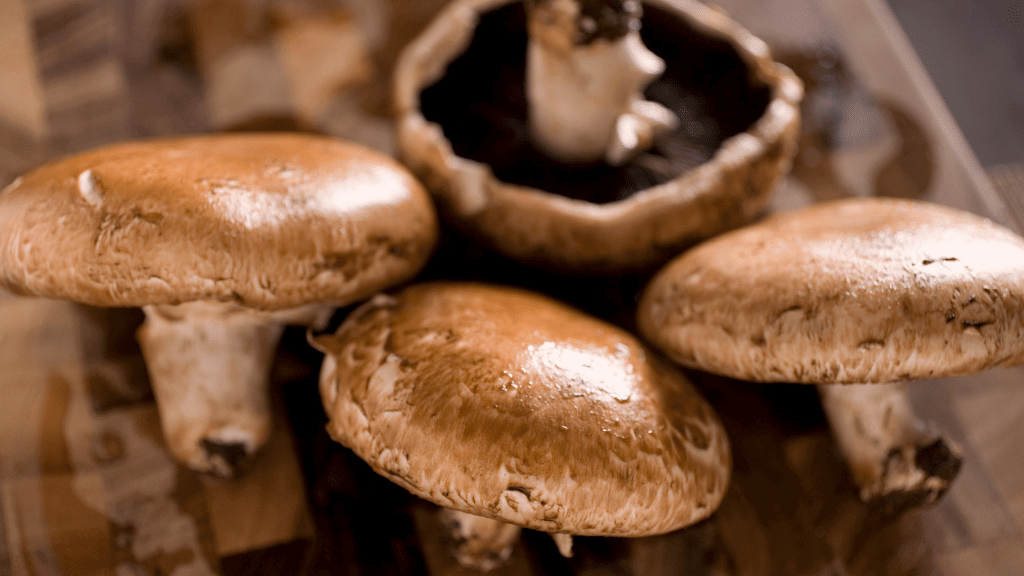
How should I take agaricus mushrooms?
Since agaricus mushrooms are high in beta-glucan content, any supplement you consider purchasing should be extracted using hot water at a very high temperature to break down the tough cell wall exterior (e.g., chitin). While the jury is still out on the benefits of mycelium versus fruiting body supplements, many studies utilized both.
In the United States, most agaricus mushroom supplements are sold as:
- Capsules
- Gelcaps
- Tablets
- Tinctures
- Extract
If you find yourself in an Asian country, you’ll also commonly see agaricus mushrooms freeze dried.
The most common way to take this supplement is by steeping the extract into a tea or taking it in capsule format. Do what’s best for you, but ensure you do your research ahead of time. Overall, we recommend looking for a 100% fruiting body supplement and a company that provides a certificate of analysis (CoA) for consumers looking to purchase commercial products.
To learn more about agaricus supplements, check out our very own list of the top medicinal mushroom supplement brands.
A final word on agaricus mushrooms
Whew, that was a lot to cover on agaricus mushrooms - but we’re so glad you stuck around with us to learn more about this popular mushroom species.
Thinking about adding agaricus mushrooms to your diet? Check out our blogs on how to buy fresh mushrooms and the gourmet recipes you need to try!


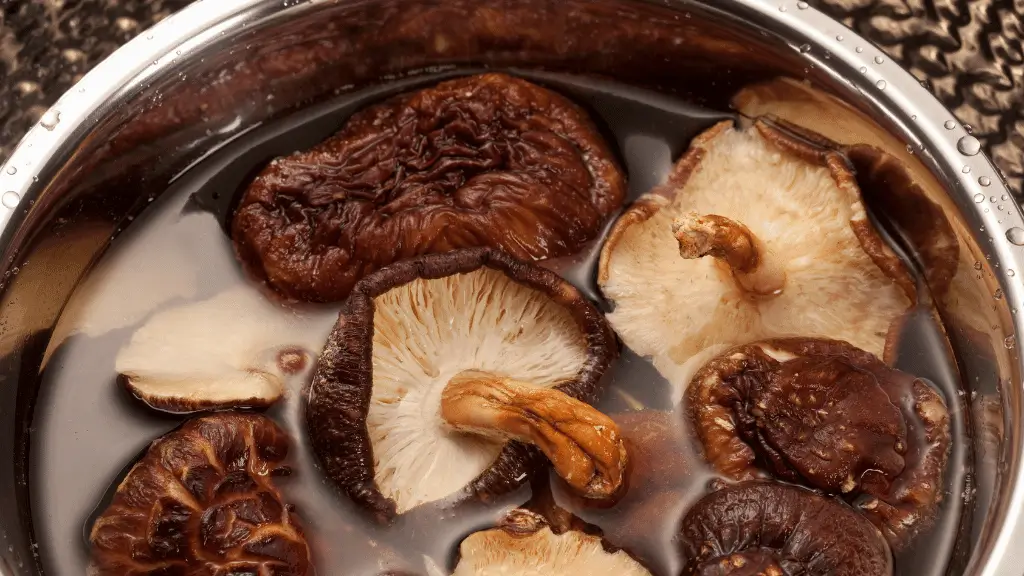
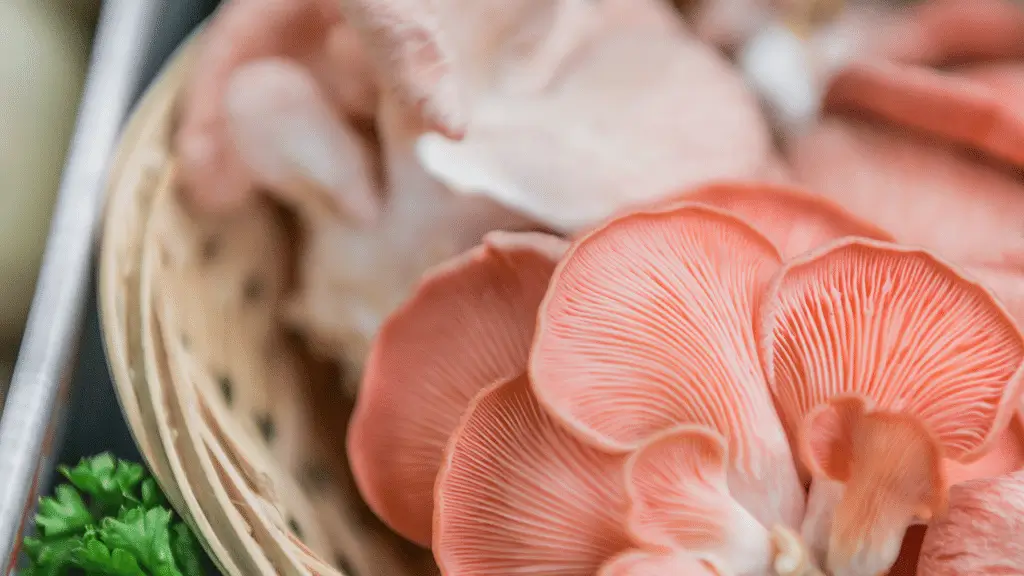


.png)
